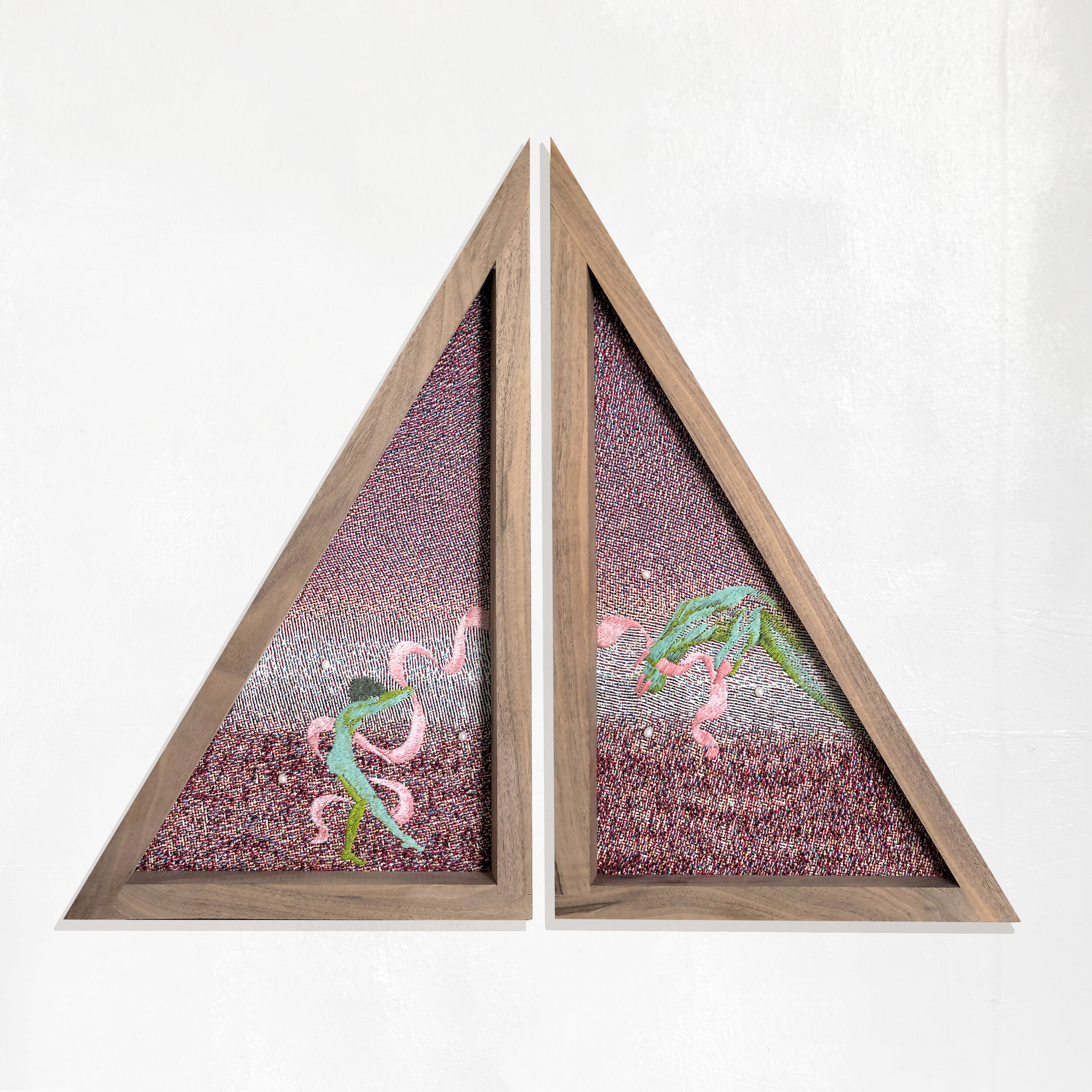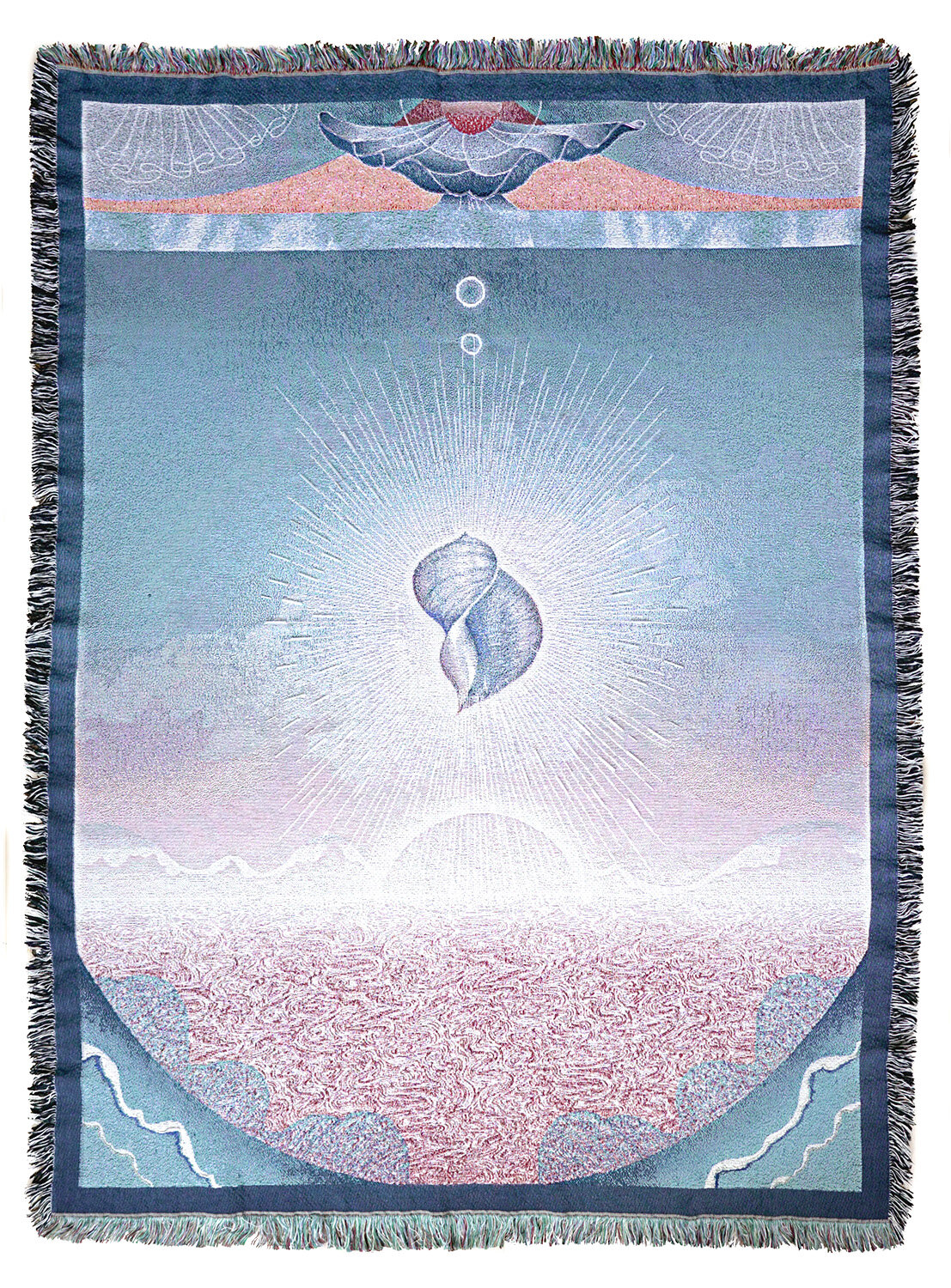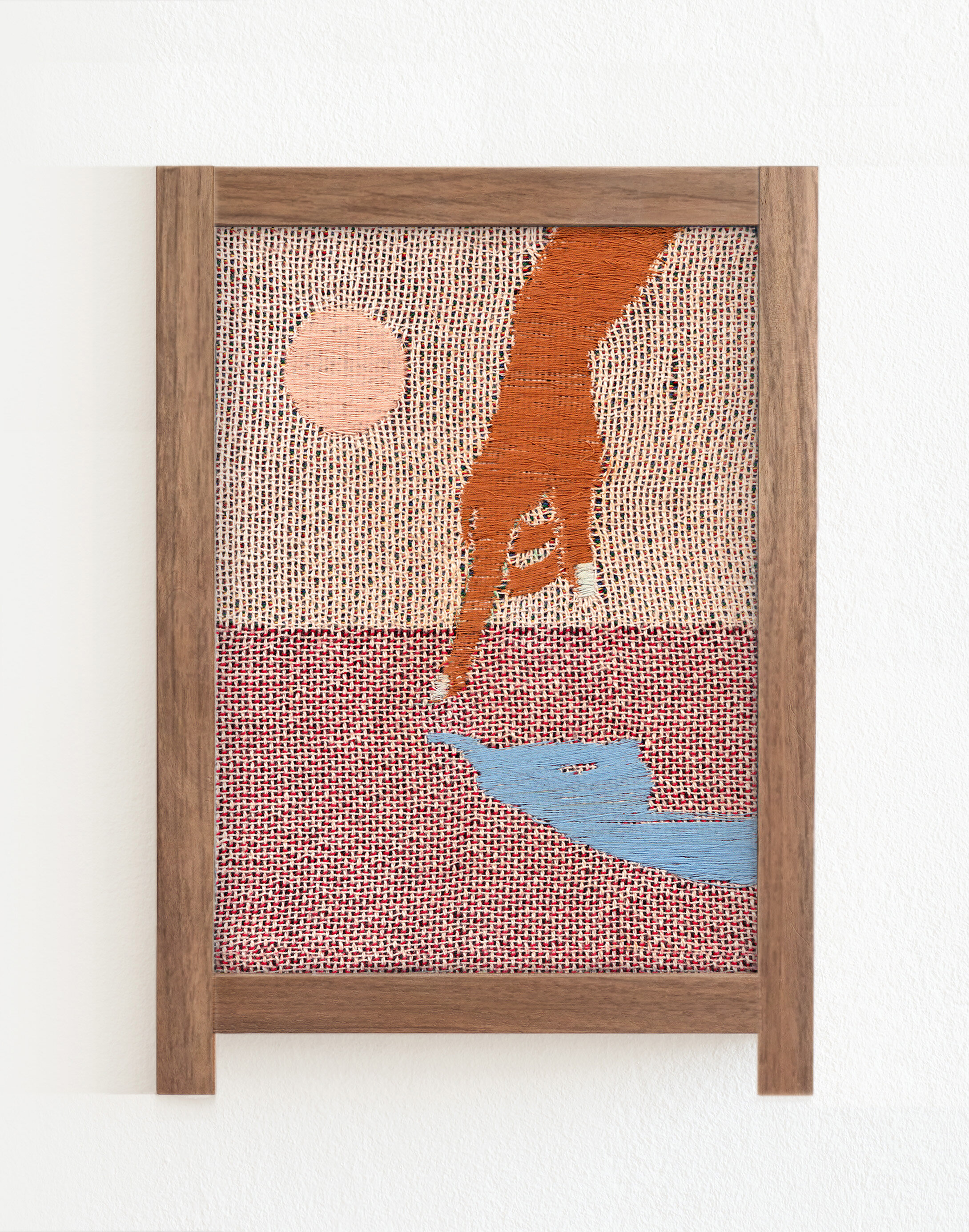Warp and Weft was originally published monthly by Robin and Russ Handweavers, a weaving shop located in Oregon. The digital archive and in-print revival of this publication is the project of textile studio Weaver House.

Warp and Weft was originally published monthly by Robin and Russ Handweavers, a weaving shop located in Oregon. The digital archive and in-print revival of this publication is the project of textile studio Weaver House.









